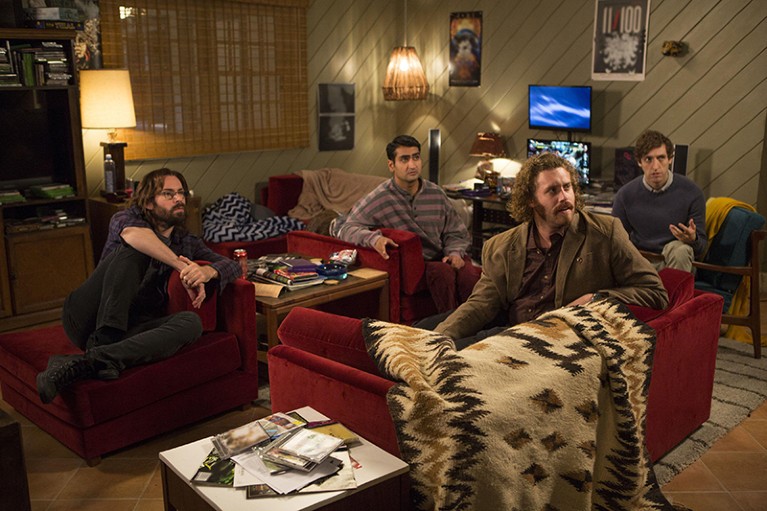
Get with the programme: a scene from TV comedy Silicon Valley, which helped Richard Kuo to navigate the start-up landscape. Credit: 3 Arts Entertainment/Alamy
Richard Kuo was a genomics PhD student in 2021 when he landed a £300,000 (US$380,000) grant to commercialize a new field of biology using a technique known as long-read RNA sequencing. The grant was from Innovate UK, a public agency that supports organizations delivering original products and services.
Since then, Wobble Genomics, Kuo’s spin-off from the University of Edinburgh, UK, has grown from 2 to 16 employees, and in March 2024 raised £8.5 million. This money, combined with encouraging results in the laboratory, enabled the company to move on from ‘stealth mode’.
Kuo, now Wobble’s chief executive, describes how he became an entrepreneur, how the company name came about and what the move from stealth mode means for the business in the longer term.
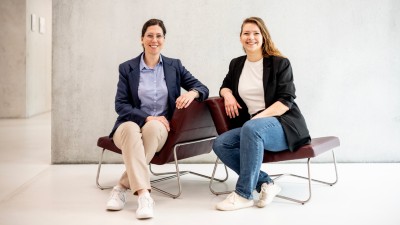
My career path from chemist to spin-off co-founder to chief technology officer
In common with other science entrepreneurs profiled in Nature’s careers section, Kuo addresses concerns about the impact of the collapse of the health-technology company Theranos in 2018. Theranos’s founder, Elizabeth Holmes, was convicted of defrauding investors in 2022, and its high-profile demise has reportedly made the funding climate more challenging for spin-off companies.
How did your career journey as a science entrepreneur come about?
The final-year project of my bachelor’s degree course in bio-engineering and biomedical engineering involved a competition to create a biomedical device.
My team won with a gadget to help blind people navigate interior areas.
I wanted to commercialize it and approached my university (Columbia, in New York). It didn’t go anywhere, but that’s when I became interested in building a biotech company.
In 2011, I moved to the University of Edinburgh, UK, for a master’s degree in bioinformatics, after which I worked as a bioinformatician at the university’s Roslin Institute, in its National Avian Research Facility.
My principal investigator, Dave Burt, approached me about doing a PhD in a completely new technology, which we now call long-read RNA sequencing. I started part-time in 2014.
At the time, there was a massive transition from conventional biology to informatics-based biology, providing answers to fundamental biological questions that we’ve had for a long time, with lots of applications in the medical field.
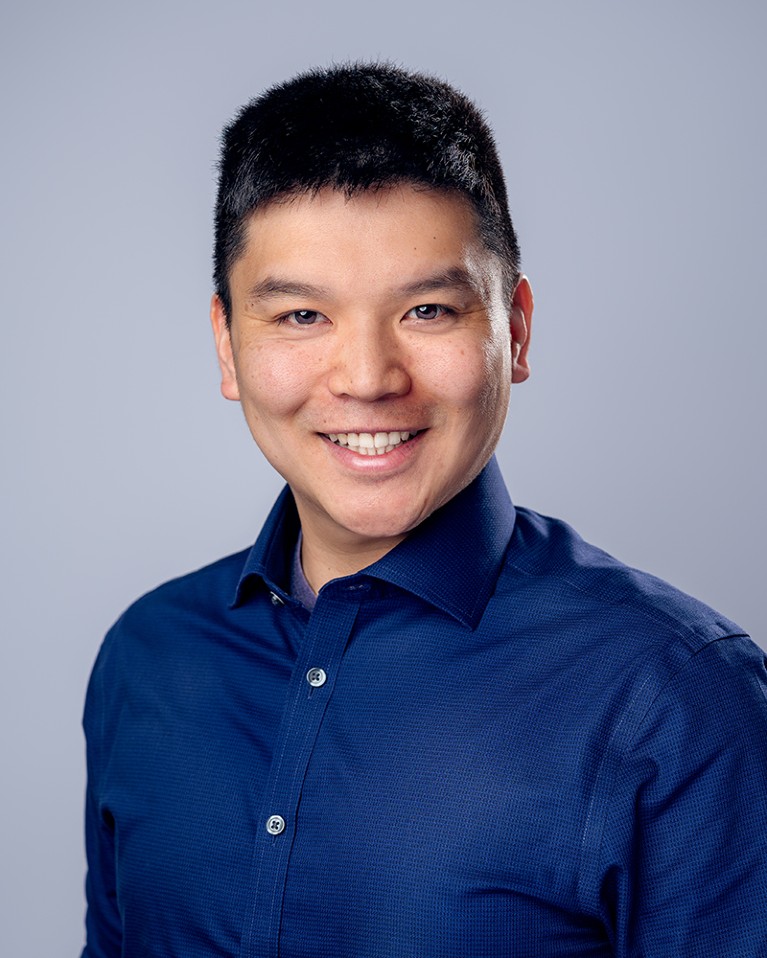
Richard Kuo’s company, Wobble Genomics, focuses on the early detection of diseases such as breast cancer.Credit: Scott Barron Photography
How did you establish Wobble Genomics?
In 2018, I approached the technology-transfer office at the University of Edinburgh, which guided me through the set-up process, and provided support, training and advice on subjects such as intellectual-property ownership.
Two years later, the tech-transfer team helped me to get into the ICURe programme, run by Innovate UK to help scientists in the start-up world. I was one of five to win a £300,000 grant.
As a result, the company got attention from investors, and we were able to start the business properly, including renting a lab.
How did you decide on the company name?
I decided on Wobble Genomics in 2019. In genetics, there’s a weird thing that scientists noticed, that for every three nucleotides, the third base in that triplet could pair in a more flexible way, or with a ‘wobble’. Francis Crick came up with the Wobble hypothesis in 1966.
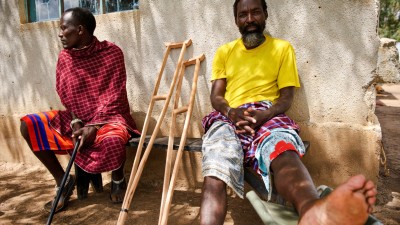
How a struggling biotech company became a university ‘spin-in’
Other potential names had included Kaizen Genomics, to reflect the Japanese principle of continuous improvement, and Status Genomics, to indicate how our technology could provide health-status information.
I’d also thought about using transcriptomics instead of genomics, but it was long, and I was not sure how many people would understand the difference.
I wanted something more memorable — something a little bit silly-sounding would probably stick in people’s heads better. Plus, I had this test for myself: if your company name could be used as the name of an evil organization in a sci-fi film, it’s probably not a great name. I thought, with Wobble Genomics, that probably wouldn’t happen. I registered the name in 2021.
What does your technology do?
It detects diseases such as cancer by looking at signals in the blood called full-length RNA and how they help cells to communicate with each other. Other diagnostic technologies use short-read RNA, but that is like seeing only individual words — full-length RNA allows you to see whole sentences. It is a much stronger signal. Our current focus is on breast cancer as a proof of concept, and we chose that because it is one of the hardest cancers to detect from blood — there are a lot of technical challenges. Lots of people have tried and failed.
Another reason is the physical and mental toll that the disease takes on people. People with breast cancer must make some drastic decisions about their own body to be as sure as possible that they are having their cancer treated properly. I thought this heartbreaking situation could be solved by earlier detection.
In October, Wobble came out of ‘stealth mode’. Tell us about that.
Growing up in California, I had friends creating start-up companies in Silicon Valley and became familiar with the concept.
Technology companies operate in stealth mode initially to protect themselves from scrutiny – from legal challenges and negative attention from competitors. If you come out into the open with your proof of concept and results too soon, it can draw the attention of larger companies. These can compete with more resources, copy your idea or add it to their own technology, challenge the intellectual property or even acquire your company prematurely. Usually, you come out of stealth mode when you have enough protection to address challenges, and have things to share.
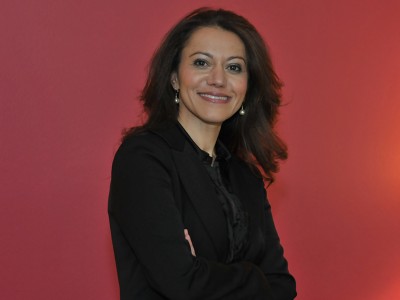
My path to heading a biotech company
I don’t know if you ever know for sure when is the right time to move out of stealth mode, but for Wobble we had found that our clinical study results were demonstrating exciting potential. Plus, our patent applications were reaching a more mature stage, with some patents granted and others close to being granted.
We knew that we wanted to share our news to reach more people with our ideas, and to make it easier to find researchers and other companies with which to collaborate and explore the technology. We also wanted people to be able to come to us with questions that would help us to understand what people were wanting and how we could help.
Coming out of stealth also made it easier to recruit. It had been difficult getting attention from potential employees when we couldn’t tell them much about what we were doing, so we’d had to ask for non-disclosure agreements during the interview process.
So how did you emerge from stealth?
We have been running a prospective clinical study for people with and without breast cancer using our liquid biopsy test. The trial is being led by Mike Dixon, a breast cancer specialist and surgeon at the Western General Hospital in Edinburgh. The initial results — an estimated accuracy of 80% sensitivity at 95% specificity — encouraged us to open up to the world. This level of accuracy has not been seen before using blood- and sequencing-based methodology.
Media outlets had approached us previously and we’d had to ask them to wait until we came out of stealth mode. So, in preparation, we’d engaged a public-relations firm and developed a press release ahead of our debut at the Early Detection of Cancer Conference in San Francisco, California, in October last year. There, we presented a poster on the study, which was covered by several news outlets.



